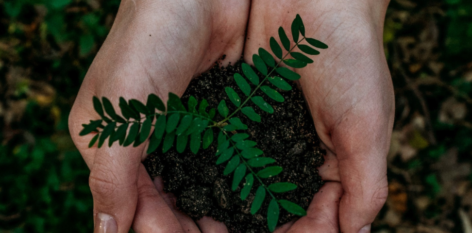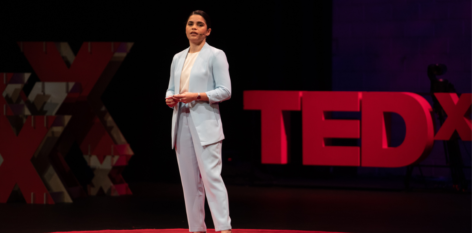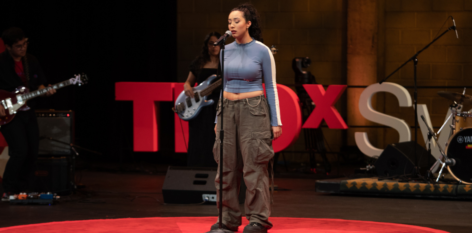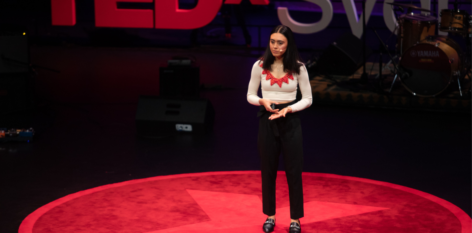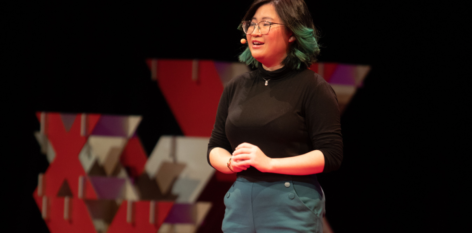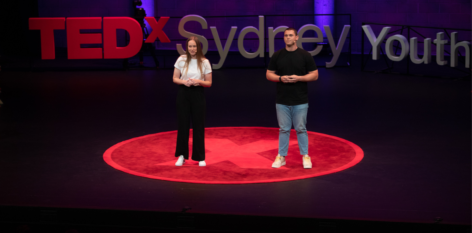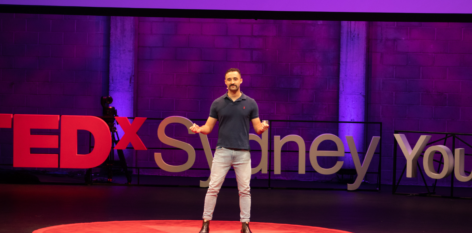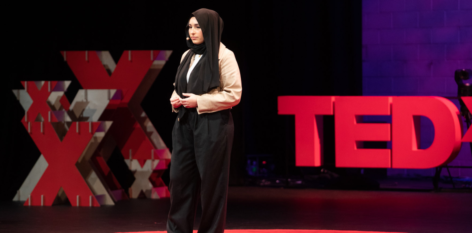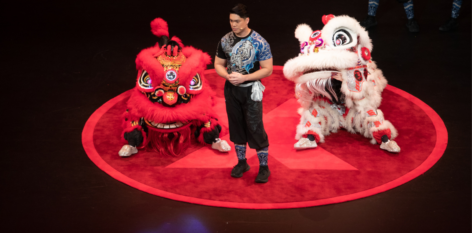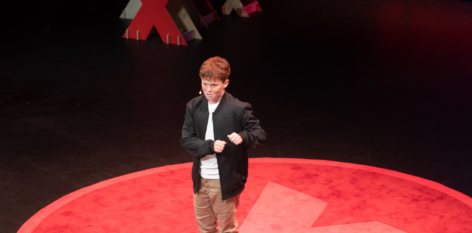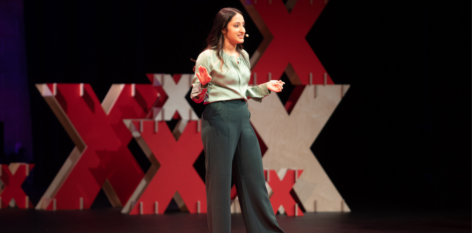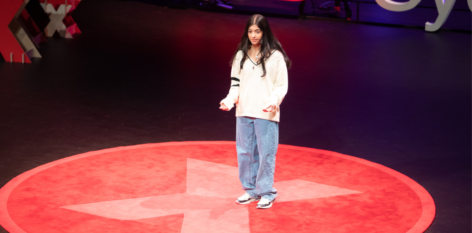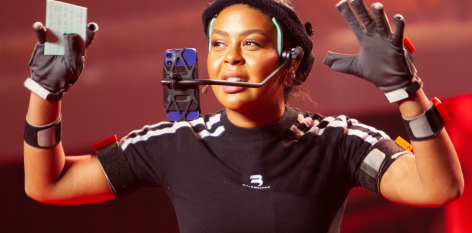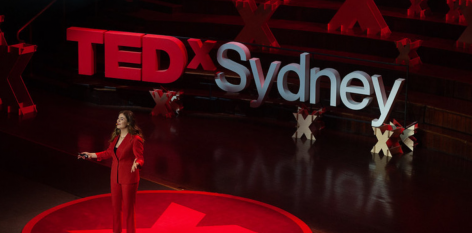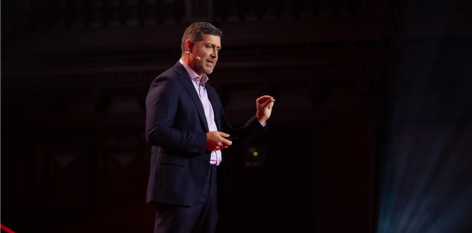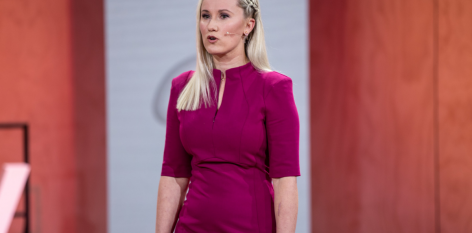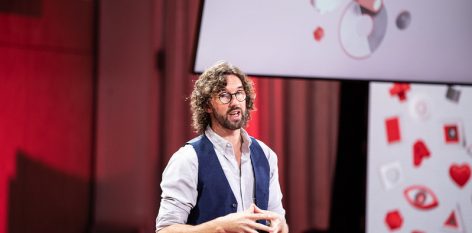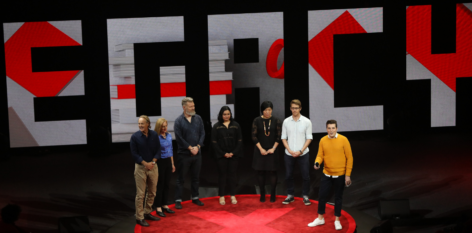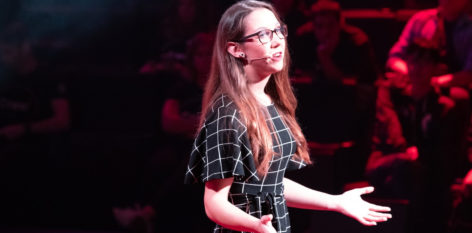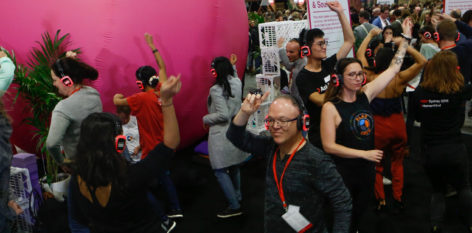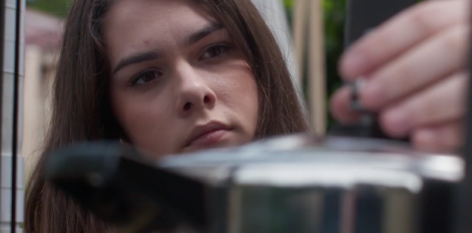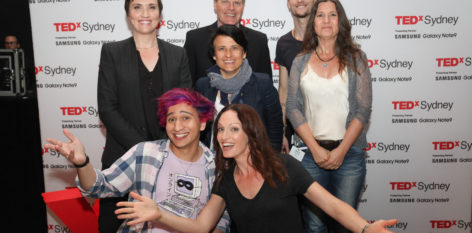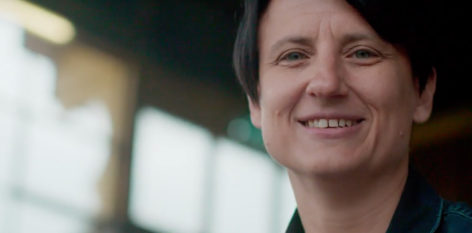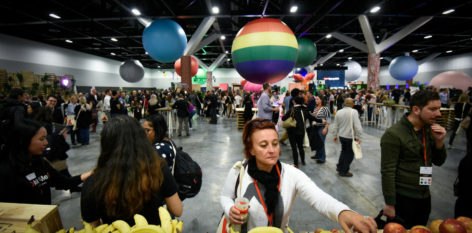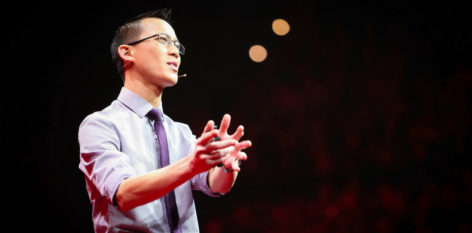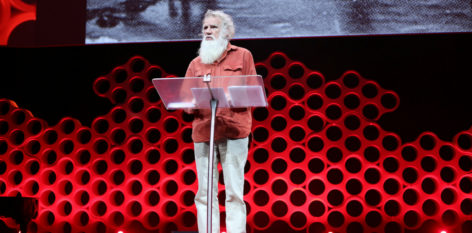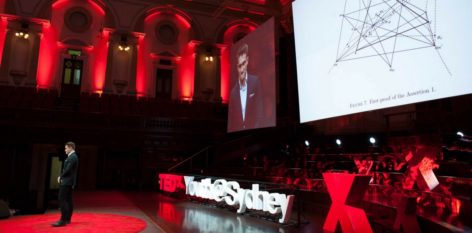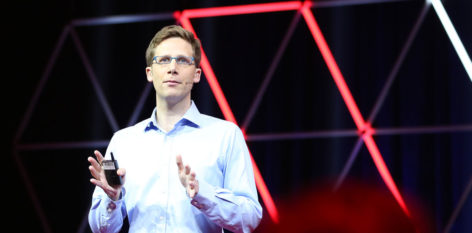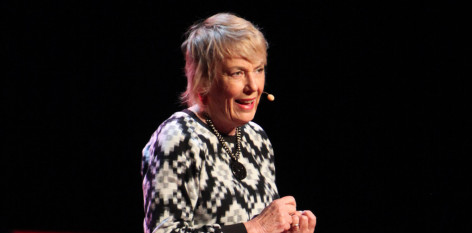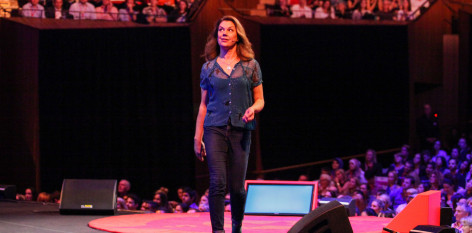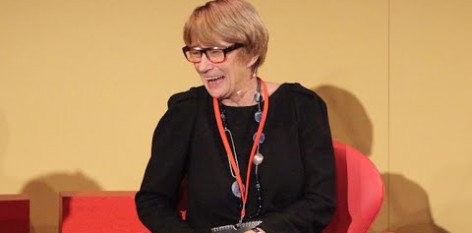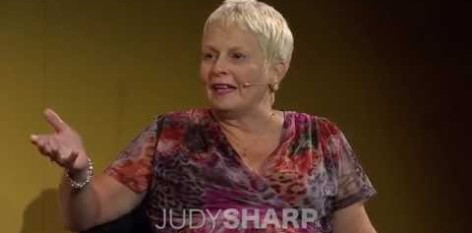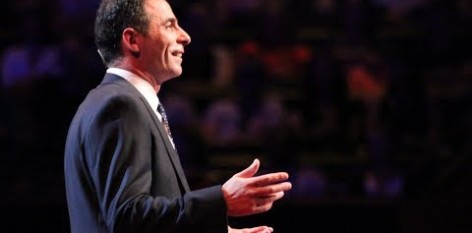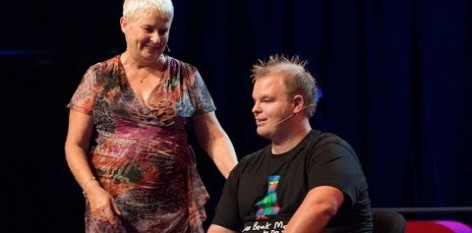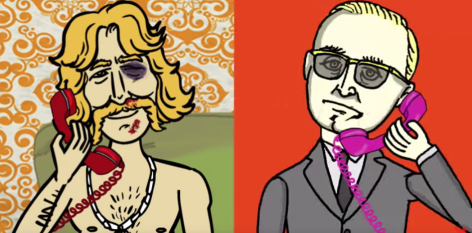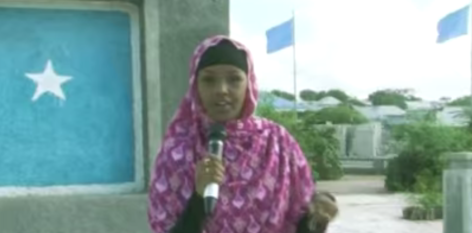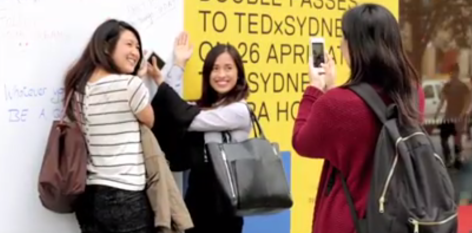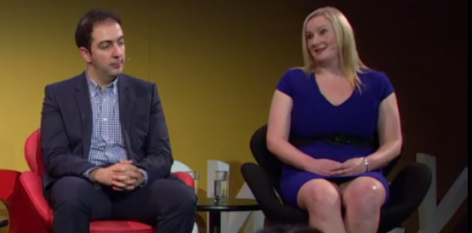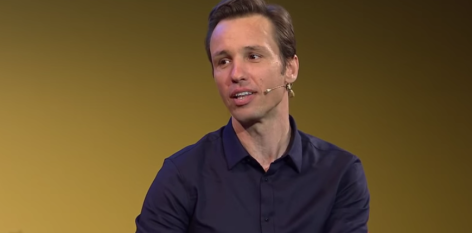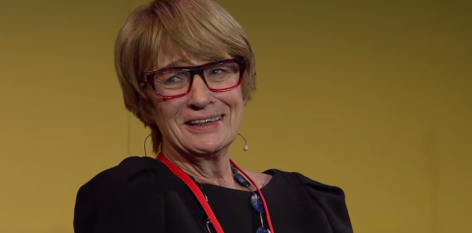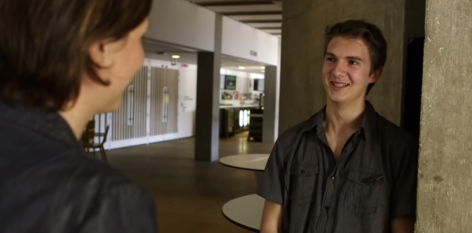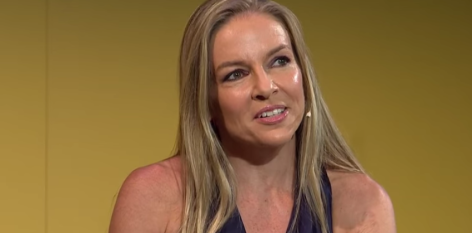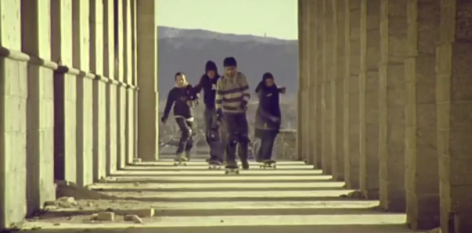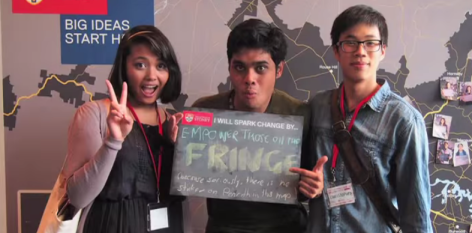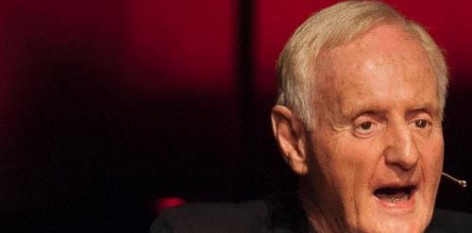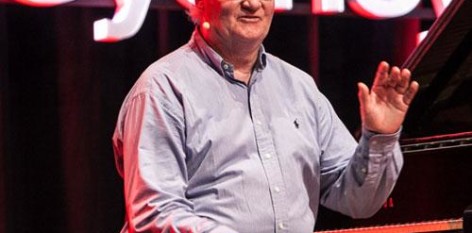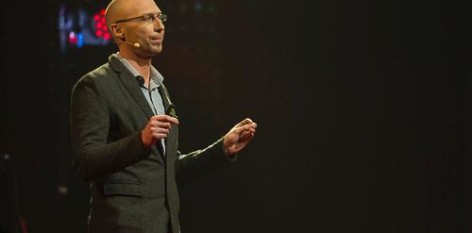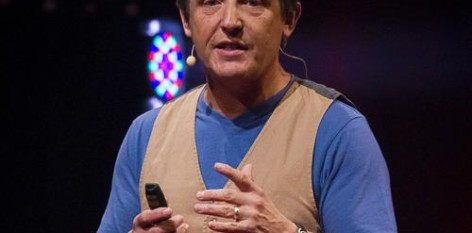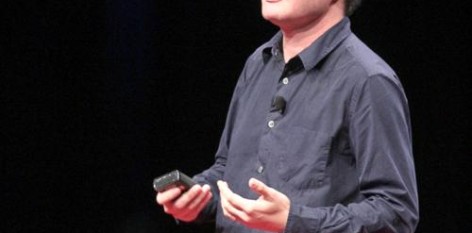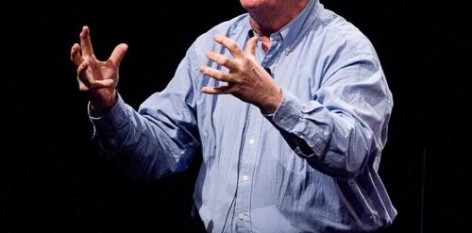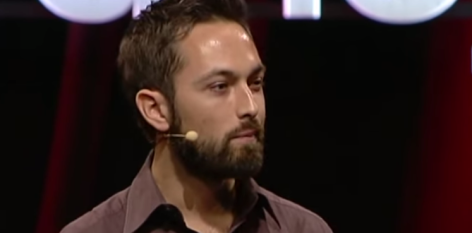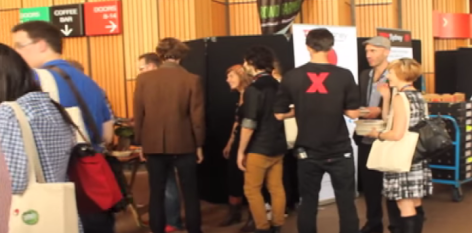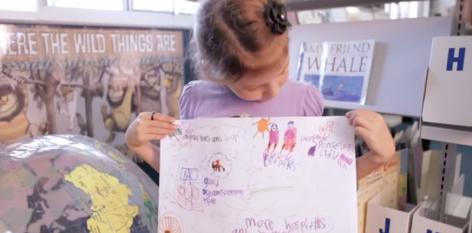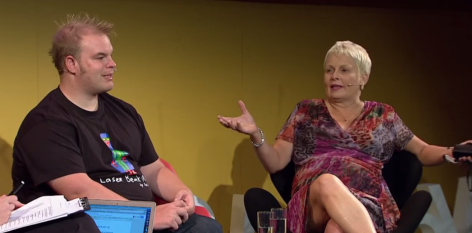A new generation of young leaders is taking major steps to build lasting change in their communities. In the process, they are confronting some complex obstacles, but their journeys are attracting a growing following who are invested in long-term progress.
They often stand apart from the dominant culture. Winnie Dunn, a writer of Tongan descent from Mount Druitt and General Manager of Sweatshop Literacy Movement, notes that few role models existed for young artists of colour like her. On the contrary, dominant narratives portrayed her community as “violent criminals or unemployed dole bludgers,” she says. Popular media such as the 2003 ABC documentary Plumpton High Babies, the SBS documentary series Struggle Street (2015-19) and the notorious Summer Heights High reinforced negative stereotypes about young minority students in Western Sydney. This led a young Winnie to conclude that “Mount Druitt is the place art goes to die.”
Negative labels also limit young people addressing political issues. Anjali Sharma, 19, the lead litigant in the class action against the federal Minister for the Environment for failing to consider the impacts of climate change, notes how easily young voices are dismissed. They are called naïve and idealistic. They also experience more subtle forms of redirection. Sharma recalls, in 2019, being encouraged to focus on “recycling and taking shorter showers,” while she witnessed the heaviest monsoon ever make landfall in India, where she knew family members on the ground. Sharma saw a vast gap between the piecemeal actions deemed suitable for children, and the dire scale of the problem driven less by consumer behaviour than by corporate behaviour and government policies. Such sanitised language serves to put young people in a box, she argues, minimising their role in shaping policies that affect their lives. The lesson for Sharma was clear. “We cannot take directions on how to advocate from those we should be advocating against,” she says.
When young people of colour defy these expectations, they often face severe backlash. Dunn gives examples of moral panics in tabloid media, while Sharma notes that as her class action gained public attention, much of the criticism singled her out, seemingly magnified by the fact she was the only woman of colour in the case.
Yet in spite of these formidable obstacles, young leaders empower both their own communities and future generations. As General Manager of Sweatshop Literacy Movement, Winnie Dunn edited anthologies featuring First Nations and writers of colour. Sweatshop provides research, training, mentoring and employment opportunities for emerging and established writers from culturally and linguistically diverse backgrounds. As a mass-based literacy movement, the model is inspired by similar literacy outreach in the Civil Rights Movement in the United States. For Dunn, literacy is a fundamental tool for empowerment. Citing American intersectional writer bell hooks, Dunn says, “Degrees of literacy determine how we see what we see.”
Anjali Sharma’s class action initially succeeded, imposing a duty on the Environment Minister to consider climate change impacts in decisions. However, this was overturned on appeal. Still, the case struck a lasting blow for environmental law. Sharma points out that the climate science submitted in her case was accepted by the federal court. “It will now form the basis of more cases like mine,” she observes. In doing so, her actions inspired further mobilisation for climate action by demonstrating the capacity of young people to wield substantive influence on national policies.
The stories of Winnie Dunn and Anjali Sharma show successful strategies used by young leaders to mobilise communities for lasting change. They show the centrality of literacy – for both capacity building at a mass scale in marginalised communities, and for legal advocacy at a federal level to rewrite policies and, where necessary, beat lawmakers at their own game. In short, they show the power of words to inspire collective action. Sharma says the point is not that young people have all the answers. But they have something that gives them every reason to fight for sustainable change. “We have skin in the game,” she says.


